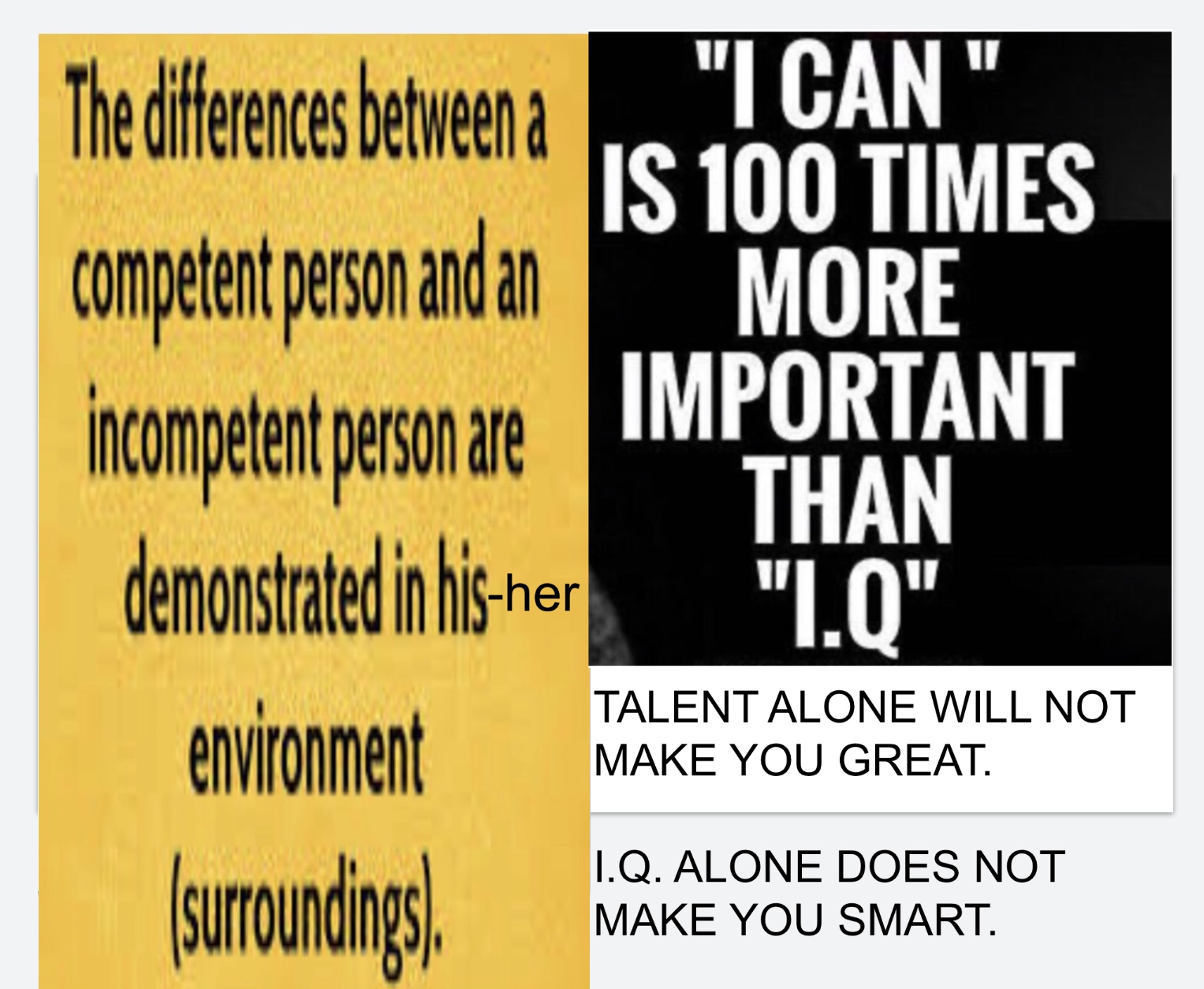
“Talent alone does not make you great. Just like I.Q. alone does not make you smart”.
It takes GRIT – passion, purpose & perseverance plus devotion & discipline – on the part of the student in the classroom &/or the athlete on the field to want to learn, grow and develop day after day after day and year after year after year.
But, it is more than just grit on the part of the student-athlete. It’s also COMPETENCE about how to “connect the dots” and merge the disciplines of skill acquisition, biomechanics, visual processing, functional movement, etc. that apply to hitting a baseball or softball in the right learning environment.
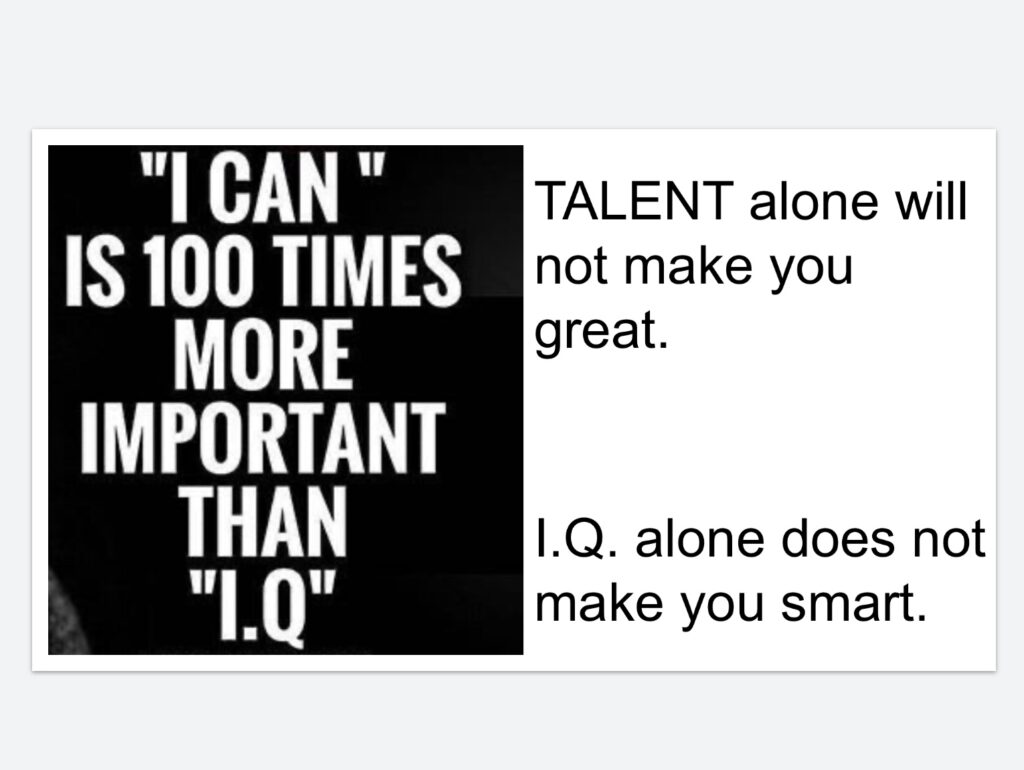
The ability to learn changes with effort; and therefore, psychological and motivational factors matter. But, it is more than just the player being motivated to learn. Players are more motivated and incentivized to “be their best” than ever before (TV exposure, N.I.L., scholarships, etc.).
The specificity for teaching the skill of hitting a 100 m.p.h. 4-seam fastball or the uniqueness of training a hitter to recognize and adjust to a 70 m.p.h. riseball on one pitch then a 15 m.p.h. differential on the next off-speed pitch requires a specific COMPETENCE to create a learning environment across multiple disciplines in order for that motivated, gritty athlete to go from mediocre to great.
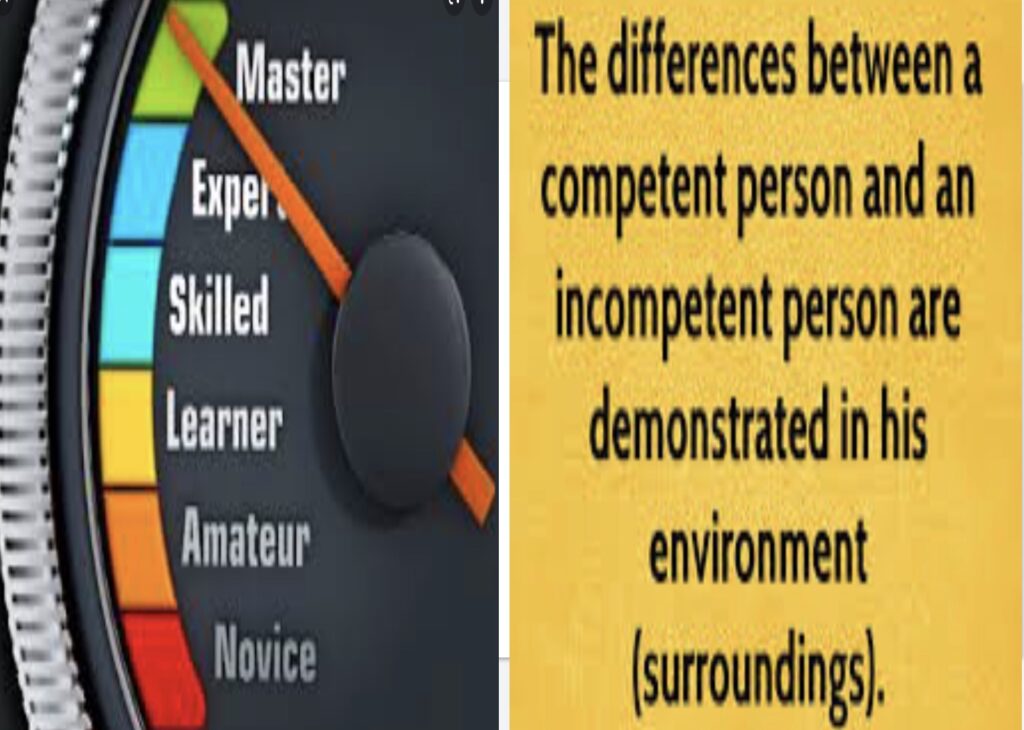
Many Institutions & Organizations have made increased financial commitment for nicer facilities, equipment, uniforms, travel, etc., but still too many athletes are falling way short of their potential. Despite the nicer amenities, THE TRUE OPPORTUNITY TO PURSUE EXCELLENCE IS STILL NOT AVAILABLE and lacking everywhere.
Very few (Institutions, Organizations, Departments) have committed to the intellectual journey of unlocking the answers to “HOW DO WE GET A GRITTIER PLAYER WITH A GROWTH MINDSET TO BE A GREAT HITTER?” Why is who becomes a successful hitter so random? Why is who becomes a great hitter so unpredictable? Why do so many athletes “stall” in their development once they get to college? Great MLB hitters keep evolving & growing especially as they get older and get more experience.
Who is going to get grittier about being “competent about skill acquisition for baseball/softball hitters?”
Can functional movements specific to hitting a baseball be expected to be integrated by the strength & conditioning department? Can it be expected that perceptual motor skills and visual processing be enhanced through teaching and training? Can motor learning plans and assessments be specific to each individual player? Can decisions about the types of constraints and how to address the degrees of freedom challenges be individualized and progressed based upon objective data? So many more questions that expose the lack of planning and thought to coordinate the resources already available to provide meaningful growth and development opportunities to baseball & softball student-athletes.
Significant predictors of who will become a successful hitter once they get to college are NOT AVAILABLE right now because only a select few are investing in “connecting the dots” to merge the necessary disciplines to create the right learning environments for the student-athletes the true opportunity to pursue excellence.
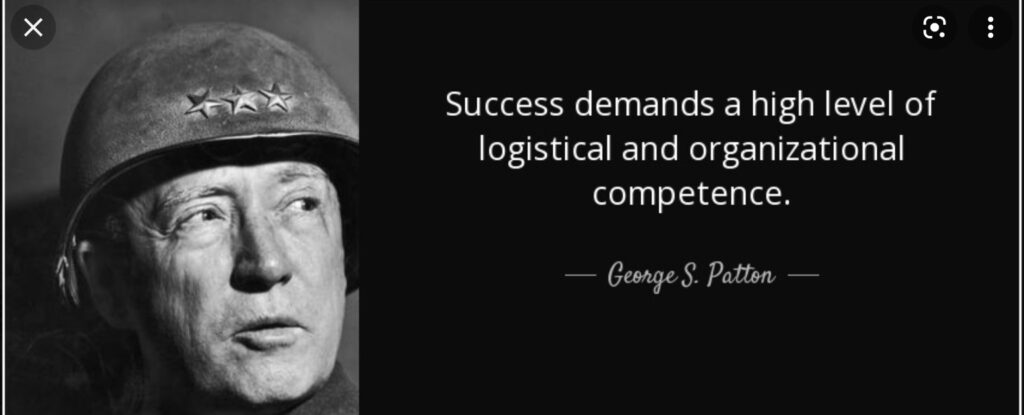
Excelling in college academics does not depend on the student “getting more I.Q.” or by “getting tougher” by learning quicker and/or easier. Academic achievements are truly a process with so many support systems in place to ensure success (tutors, online courses, libraries, graduate assistants, etc); so should college baseball/softball. Professors are not chosen based on subjective randomness; they are hired because of COMPETENCE of the subject matter; and their deans who provide oversight are also COMPETENT IN THE SUBJECT MATTER. Just like in our military up the chain of command; as General Patton said, “success demands a high level of logistical and organizational competence”.
The softball/baseball athletes should be apprised at the outset, during orientation &/or the first team meeting, that struggle will ensue; that sometimes just like in the classroom, you will not understand the topic after one lecture or after reading the chapter one time.
Sometimes you will feel like just quitting & whining or dropping out. That’s a normal reaction to some.
Every student or athlete has different strengths when learning; some are visual learners, others are audio & some are sensory (have to feel it, see it, touch it, hear it, taste it).
In training and teaching environments for players right now, EVERYBODY IS conscientious of GRIT, almost to the degree of going overboard. The answer for EVERYTHING is “toughness” – putting the responsibility on the athlete to “get grittier”.
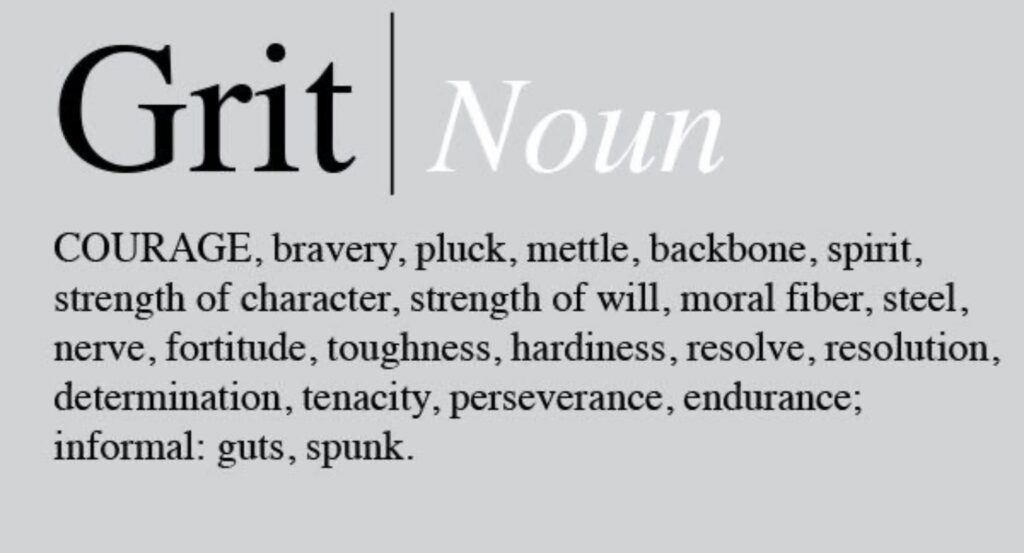
After the athletes get grittier, WHAT NEXT? Does the responsibility after the athletes “gets grittier” then SHIFT, and if so, WHERE TO & TO WHOM? Shouldn’t there be common, “shared” goals & objectives by ALL, instead of this “finger pointing stuff”? Isn’t it best when there is “collaboration”?
Where there is “finger pointing stuff” going on and playing the “blame game”, there are small minds in charge and thus LACK OF LEADERSHIP & VISION.
It’s time for true leadership in sports where it gets past the built-in biases of personalities or who has the best manner of delivery or posts the best tweets &/or whatever hidden agenda there is AND INSTEAD FOCUS ON SUBSTANCE IN THE DELIVERY, SOLUTIONS, SUBJECT MATTER COMPETENCE & PLAYER DEVELOPMENT.
In teaching sessions known as hitting “groups”, it should be as close to “one on one” as possible — that means longer hours for an already understaffed group of coaches. The NCAA proposal to add a fourth paid coach to baseball/softball staffs has been proposed for years but has FAILED TO GET THE NECESSARY APPROVAL.
When I coached, we made sure that the material was presented visually and audibly and with drills/gadgets, even if we had to buy and make the gadgets ourselves. We devised a hitting simulator that integrated a pitching machine that could be programmed to throw random pitches and to be synchronized with accompanying video that matched the pitch type so players could as many quality, game-like, practice at-bats as possible. We personally threw hours and hours of BP everyday – literally trashcans full of balls; thousands and thousands of balls per week.
We also made sure that EACH PLAYER had their own, individualized, personalized assessments and training protocols that we had to create and administer ourselves. We understood the motor learning and skill acquisition process. We integrated the SWING ATTRACTORS with our hitting cues and homemade gadgets.
Our players thrived in our environment because with their EFFORT & MOTIVATION (GRIT – PASSION, PURPOSE & PERSEVERANCE, discipline & devotion) they learned and got better & better at SKILL ACQUISITION and motor learning and functional movement and visual perception/processing, etc.
That’s why hitters who “failed” at other institutions and on different teams excelled when they were exposed to our training protocols and environment. Players who “struggled” at other programs (see videos under Cajuns Top Hitters: Vanessa Soto, Shelbi Redfearn, Lexi Elkins) or who were transitioning from slow pitch to fastpitch (Brianna Cherry, Nerissa Myers, feature article coming soon) all of a sudden could hit at UL. And even athletes who struggled at UL early on and had to REDSHIRT (see articles on Christi Orgeron, Aleah Craighton) eventually became starters and even All-Americans.
GRIT MATTERS, especially in the RIGHT LEARNING/TRAINING ENVIRONMENT. Similarly, athletes with GRIT who EXCEL on the baseball/softball field — given the same types of learning opportunities by their professors — should EXCEL in the classroom, and vice versa. Listen to Angela Duckworth, who authored the book, GRIT”, explain.
Who becomes successful, and more importantly, WHY?
Does the travel ball player who is on the best travel ball team end up being the best college baseball/softball hitter? Not necessarily. Does going to a POWER 5 school with more resources guarantee a recruit a better chance of reaching his/her potential? Not really.
Is the main objective of college baseball/softball PLAYER DEVELOPMENT? It should be.
Are college games just MORE EXPOSURE for the skills the athlete has already acquired on their own nickel? Or just a full ride scholarship to pay college tuition?
Why the discrepancy amongst Institutions, with only a handful who make the total commitment? Why are there so few who are consistent and do a great job in PLAYER DEVELOPMENT year after year after year?
Why are others (over 75%) not held accountable for just going through the motions and checking the boxes? Shouldn’t all Institutions be held to the same standards of excellence no matter the sport? No matter the skill? Shouldn’t it be expected by each student-athlete to have the opportunity to COMPETE, LEARN, GROW, DEVELOP and enhance SKILL ACQUISITION? Isn’t that what is suppose to be such a valuable part of the student-athlete experience?
What are the factors that help predict success in baseball/softball?
- SOLID WORK EFFORT;
- Getting GRITTIER;
- players who stay motivated and follow through on their commitment;
- having a growth mindset and being able to persevere after failure;
- a competent motor learning and skill acquisition environment.
Right? No different for baseball/softball than any other sport?
IT TAKES MORE THAN JUST GETTING GRITTIER; A COMPETENT MOTOR LEARNING & SKILL ACQUISITION ENVIRONMENT IS A “MUST” IN ORDER TO PROVIDE REAL OPPORTUNITY & MEANINGFUL EDUCATION.
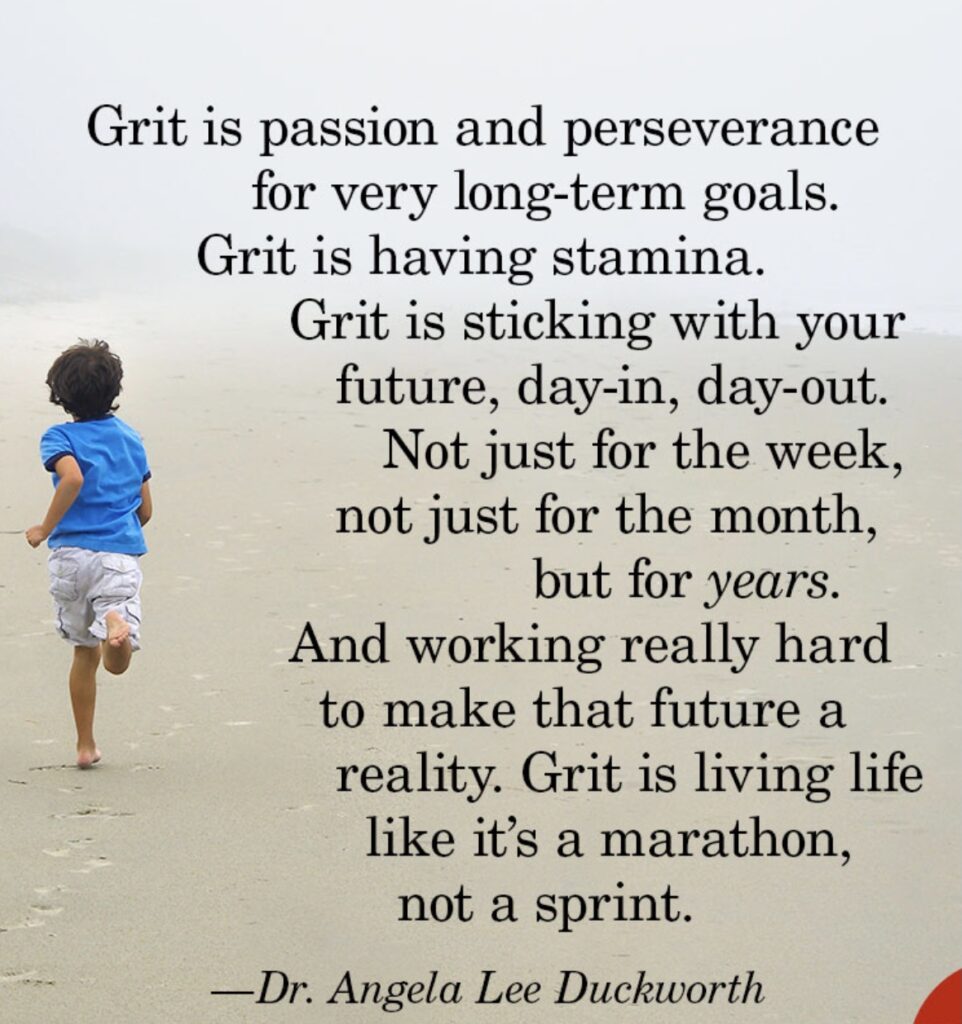
The ability of the athlete to keep going and show grit even when the body is physically tired shows the necessary motivation. But it takes more than GRIT.
- COMPETENCE does not rely on “feelings” but instead on being masterful in performing your skill.
- Competence depends on PRACTICE & COMPETENT PREPARATION.
- Competent people ASK THE RIGHT QUESTIONS TO THE RIGHT PEOPLE.
- Competent people ANTICIPATE EVERY SCENARIO and prepare accordingly.
- Competent people are insatiably curious and eternal learners who are never satisfied with mediocrity nor the status quo.
- Competent people CARE about the people under their guidance becoming the very best and learning, growing, developing as a result of their experience.
It takes competent people to know and appreciate the difference between what a TRUE LEARNING ENVIRONMENT looks like, feels like, smells like and sounds like where the athlete is growing and developing and being challenged by desirable difficulties.
There are many benefits to becoming more competent.
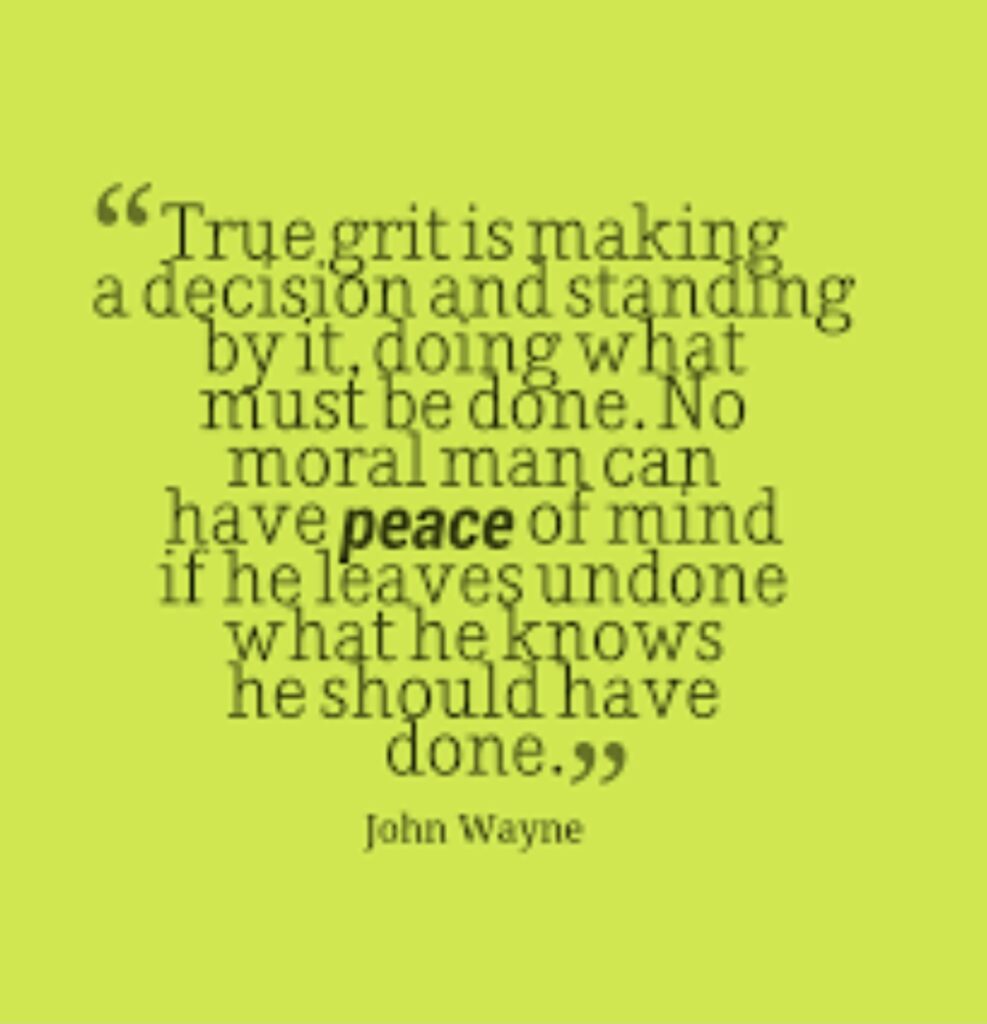
Universities are inherently equipped (biomechanics laboratories, PHD professors, graduate students doing research projects, etc.) to do the research and development to merge the different academic disciplines necessary to create a competent learning environment for its baseball/softball athletes.
Trying to copycat research and development from golf does not work because the baseball swing is unique unto itself because of the time constraints, visual processing, rate of force development, etc. Principles that apply from the different academic disciplines that apply specifically to hitting are swing attractors, functional movement coordination, skill acquisition, degrees of freedom/motor learning, functional swing variability, swing coordination consistency, coupling between swing phases, perceptual-motor skills/visual processing, motor synergies sequencing, linkage between body segments, complexity of movement, discovering the right kind of constraints, etc.
In order to merge the different disciplines, Universities should recruit and solicit the help from people who have the background, experience and knowledge to see baseball/softball hitting through multiple lenses and all of the relevant academic disciplines to create reliable, competent training protocols.
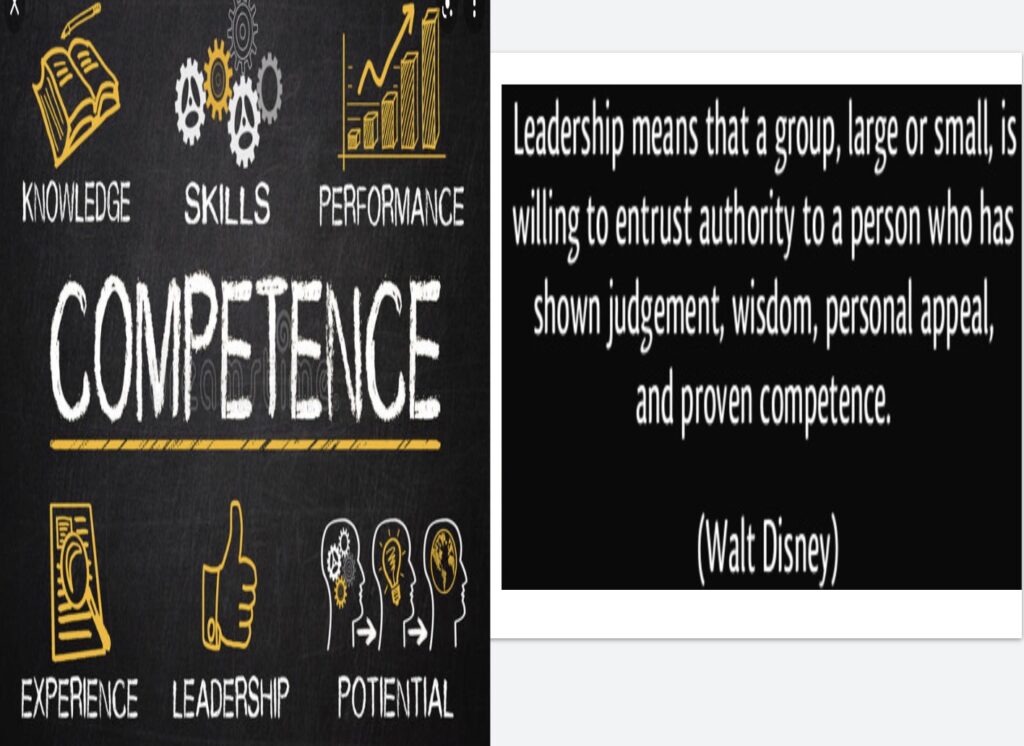
How do you create a competent training protocol that teaches the athlete to use his/her perceptual-motor system to determine the combination of functional movements in order to hit a 100 m.p.h. fastball when the body has so many degrees of freedom options?
The objective should be to create protocols that integrate scientific principles such as proximal to distal movements, isometric contractions, rate of force development, etc. for the athlete to train and practice everyday so they can continue to grow and develop into the best hitter they can be. Then, the coaches are tasked with making sure the hitter maintains the feel of the functional coupling and coordination between the swing phases and can monitor the hitters with video throughout the season with instruction, oversight, and supervision.
It’s time to get grittier about being competent to help athletes with skill acquisition necessary to pursue excellence and reach their full potential and afford them the true opportunity to be their very best.
PURSUE EXCELLENCE & WIN THIS PITCH!
About the Author
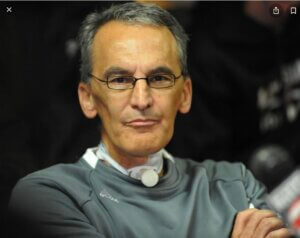
Mike Lotief coached 17 successful years as either the head softball coach or co-head softball coach with his wife Stefni Whitton Lotief at the University of Louisiana from 2002-2017 with an overall coaching record of 731-176 (80.6 winning percentage). Every season, the Ragin Cajuns softball team advanced to the NCAA tournament and also advanced to three (3) Women’s College World Series (2003, 2008, 2014) and from 2012-2016 advanced to five (5) straight NCAA Super Regionals. Coach Lotief produced over 40 All American selections and his 2017 team lead the nation in scoring and was ranked in the Top 10 in home runs, slugging percentage, on base percentage.
The coach is a cancer survivor (twice) and was the first person in the U.S. to receive the Pro Trach device. Mike and Stefni spearheaded and raised the funding to build the new softball stadium in 2009 and the new softball indoor hitting facility in 2015. They are proud parents to Chelsea, who played softball and graduated from the Univ. of Louisiana in 2018, and Andrew, who is a junior at Louisiana studying Mechanical Engineering.
Previous Articles in this Series
- The Mental Swing Attractors: Failure Cannot Break You (Nov. 11, 2021)
- Training Insights: “Swing Attractors” by Coach Mike Lotief… the Flaws of Pelvic Loading (Nov. 9, 2021)
- The Mental Swing Attractors: Push Yourself… You Don’t Have to Be #1 to BE #1! (Nov. 4, 2021)
- Training Insights: “Swing Attractors” by Coach Mike Lotief… Pelvis Loading, Part 2—The Planes of Movement (Nov. 2, 2021)
- The Mental Swing Attractors: Remove the Rope from Your Ankle & Get Rid of the Limiting Beliefs! (Oct. 28, 2021)
- Training Insights: “Swing Attractors” by Coach Mike Lotief… Pelvis Loading, Part 1—It’s All in the Hips (or Somewhere Deep Below) Oct. 26, 2021
- The Mental Swing Attractors: Champions are Developed by Devotion & Discipline! (Oct. 21, 2021)
- Training Expertise: “Swing Attractors”… the Secrets of Power Hitting by Coach Mike Lotief (Oct. 19, 2021)
More About Mike Lotief
- Why Michael Lotief is a Legendary Coach? by Jay Patel
- The Secret To Michael Lotief’s Success. By Jay Patel
- Michael Lotief Fights for Rajin’ Cajuns by Graham Hays ESPN
- Michael Lotief: Taking His Sport to New Heights by Neha Kapoor
- For the Love of the Game: A Look at Ragin’ Cajun Softball’s Power Couple
- How Louisiana-Lafayette’s Michael Lotief Develops Hitting Gems by Graham Hays ESPN
